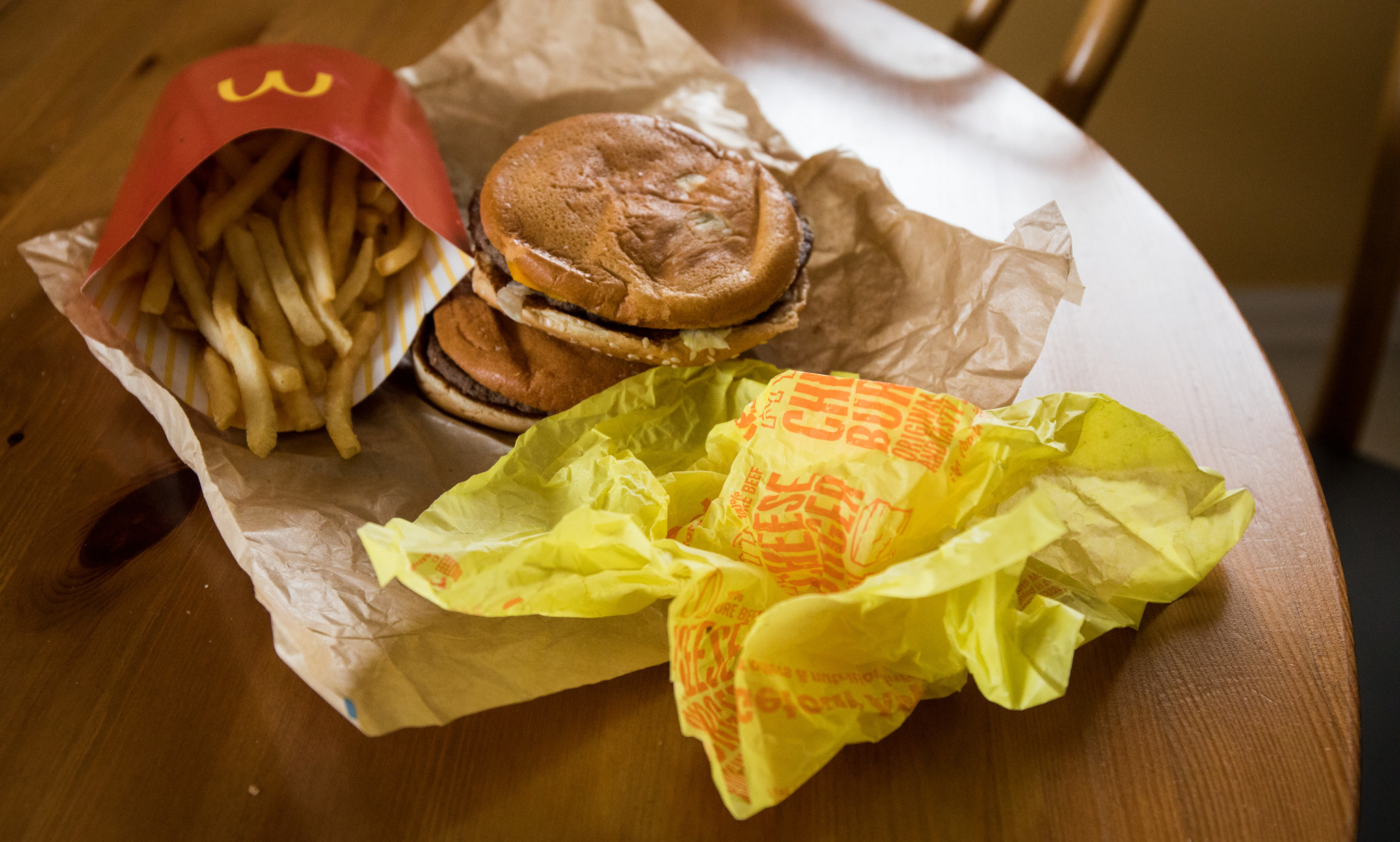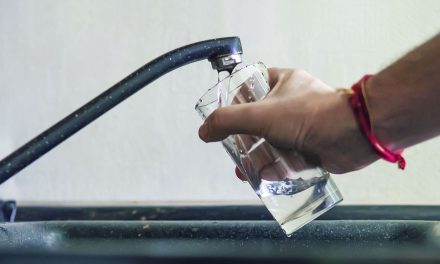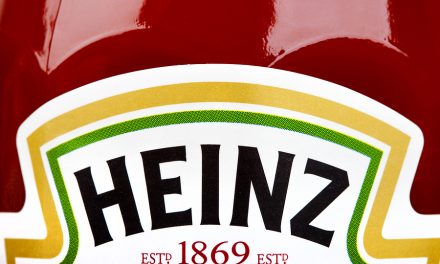According to a report published in the journal Environmental Science & Technology Letters, the packaging our food comes in could be negatively impacting our health; the report found fluorinated chemicals in one-third of the fast food packaging tested.
- Food contact paper fared the worst: 46% of all samples tested positive for fluorine
- Food contact paperboard was next: 20%, followed by other beverage containers at 16%
- 100% of non-contact paper, paper cups, and miscellaneous all tested negative for fluorine.
“These studies have found that the extent of migration depends on the temperature of the food, the type of food and how long the food is in contact with the paper. And it depends on which specific chemical is in the packaging.
The most studied of these substances (PFOSs and PFOAs) has been linked to kidney and testicular cancer, elevated cholesterol, decreased fertility, thyroid problems and changes in hormone functioning, as well as adverse developmental effects and decreased immune response in children.”
What should you do?
Source: CNN












